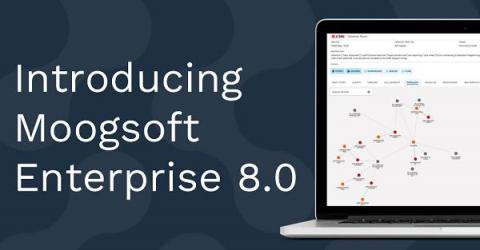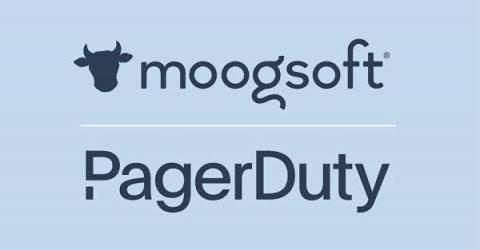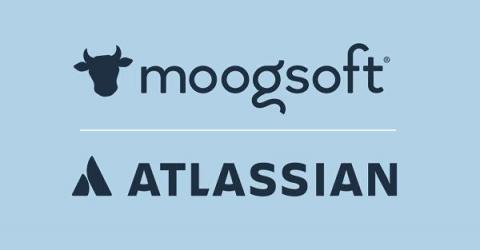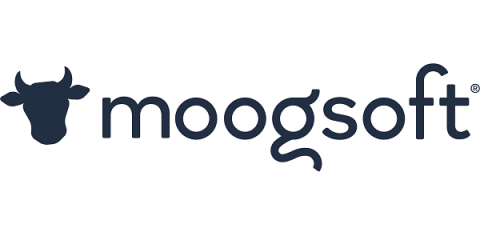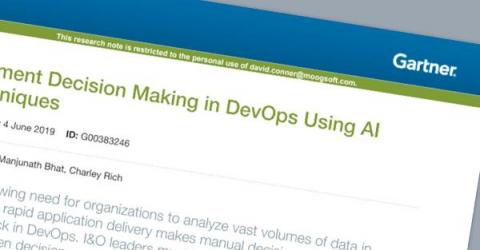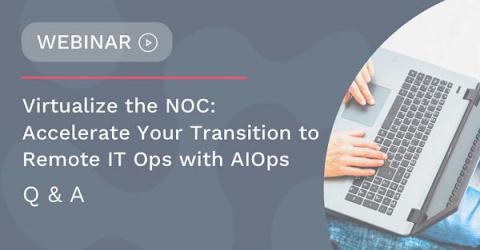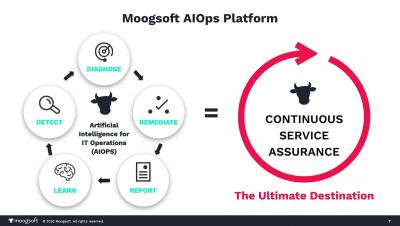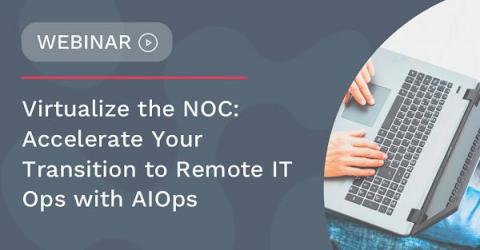Moogsoft Enterprise 8.0 Redefines the Virtual NOC
Moogsoft Enterprise consolidates visibility and control of monitoring tools to help entire IT Ops and DevOps teams reduce noise, prioritize incidents, reduce escalations and ensure uptime. Working from anywhere, users can easily find and resolve the root cause of incidents before they become outages.


